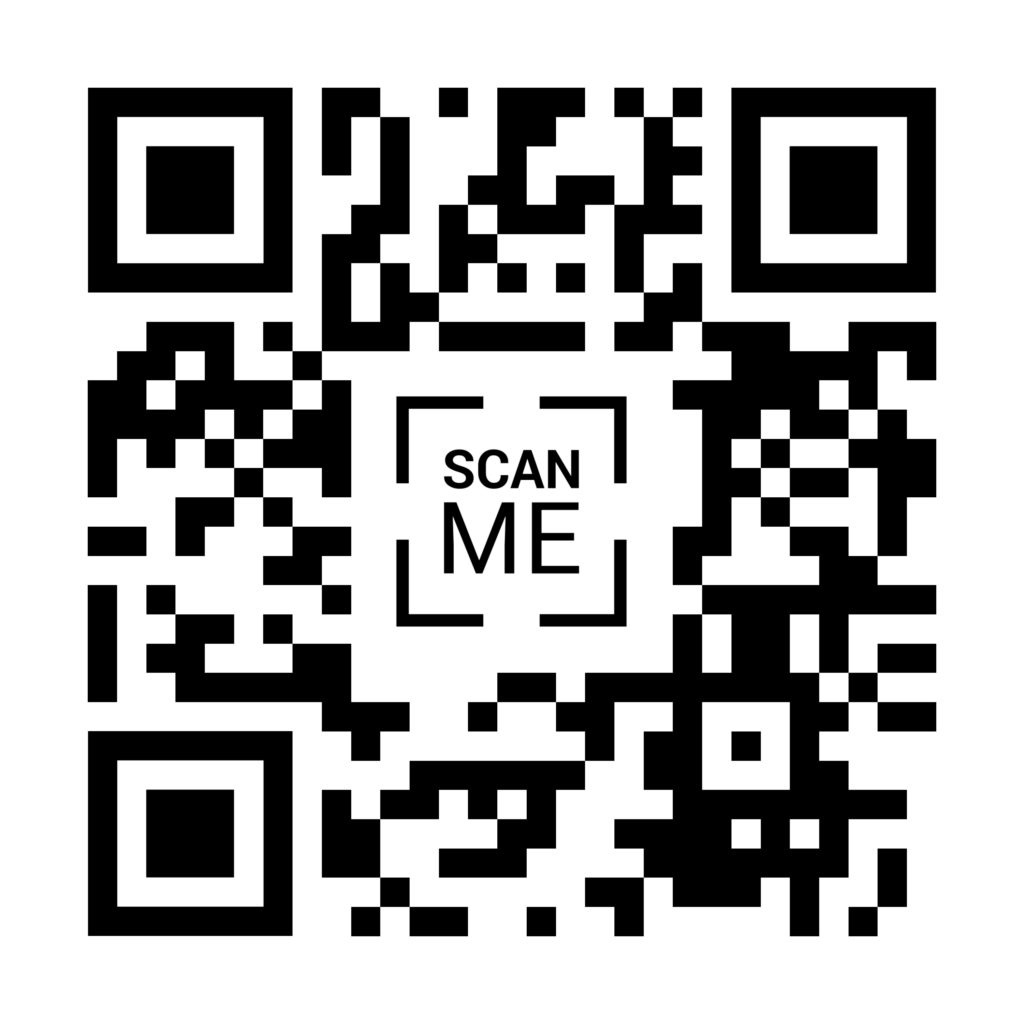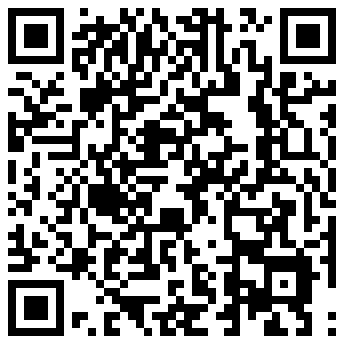QR codes have become increasingly popular in the technology world, offering a convenient way to share information and enhance user experiences. Whether you’re looking to share website links, contact details, or other data, generating QR codes can streamline the process and provide a user-friendly solution.
1. Understanding QR Codes and Their Benefits
QR (Quick Response) codes are two-dimensional barcodes that can store a wide range of data, from simple text to complex URLs, contact information, and even small files. These versatile codes have gained immense popularity due to their ability to bridge the gap between the physical and digital worlds seamlessly.
One of the primary benefits of using QR codes in technology applications is their convenience. Instead of manually typing long URLs or contact details, users can simply scan the QR code with their smartphone or tablet camera, instantly accessing the encoded information. This not only saves time but also reduces the risk of errors that may occur during manual input.

QR codes also offer enhanced user experiences. By integrating them into your applications, you can provide users with a seamless way to access additional content, resources, or functionalities. For instance, you could include a QR code on a product packaging that directs users to instructional videos, product manuals, or even augmented reality experiences.
Accessibility and Versatility
Another advantage of QR codes is their accessibility. Most modern smartphones and tablets come equipped with built-in QR code readers, eliminating the need for users to download additional apps. This widespread compatibility ensures that your QR codes can be easily scanned by a broad range of users, regardless of their device or operating system.
Furthermore, QR codes are incredibly versatile. They can encode various types of data, including text, URLs, contact information, calendar events, and even small files like vCards or MP3s. This versatility allows you to tailor the QR code’s content to suit your specific application’s needs, whether it’s sharing product information, providing access to digital resources, or facilitating contactless interactions.
By understanding the benefits and capabilities of QR codes, you can leverage their potential to enhance your technology applications, streamline user experiences, and stay ahead of the curve in an increasingly digital world.
2. Choosing the Right QR Code Generator
With the growing popularity of QR codes, numerous online tools and applications have emerged to facilitate their generation. However, not all QR code generators are created equal. Selecting the right tool is crucial to ensure that your QR codes are functional, visually appealing, and meet your specific requirements.
Evaluating QR Code Generator Features
When choosing a QR code generator, consider the following features:
Data Encoding Capabilities: Ensure that the generator supports encoding various types of data, such as URLs, text, contact information, and even small files. This versatility will allow you to create QR codes tailored to your specific needs.

Customization Options: Look for generators that offer customization features like color schemes, logos, and background designs. These options will enable you to create branded QR codes that align with your company’s visual identity and enhance brand recognition.
Error Correction and Redundancy: Reliable QR code generators should incorporate error correction and redundancy mechanisms to ensure that your QR codes remain scannable even if they are partially damaged or obscured.
Analytics and Tracking: Some advanced QR code generators provide analytics and tracking capabilities, allowing you to monitor scan rates, locations, and other valuable insights. This data can help you optimize your QR code campaigns and measure their effectiveness.
Popular QR Code Generator Options
While there are numerous QR code generators available, here are some popular and reliable options to consider:
1. QR Code Monkey: This user-friendly online tool offers a wide range of customization options, including the ability to add logos, colors, and background designs. It supports various data types and provides analytics for tracking scan rates.
2. QRCode.com: With a clean and intuitive interface, QRCode.com allows you to generate QR codes for various data types, including URLs, text, and contact information. It offers basic customization options and supports dynamic QR codes for updating content.
3. Kaywa: Kaywa is a free online QR code generator that supports a variety of data types and offers customization options like colors, logos, and background images. It also provides analytics and tracking capabilities for monitoring scan rates.
4. qrscanonline.com: complete free simple tool for generate QR code with out registration require & redirect. Just paste your data/link and generate

When evaluating QR code generators, consider your specific requirements, such as data encoding needs, customization preferences, and analytics requirements. Additionally, ensure that the generator you choose is user-friendly, reliable, and provides adequate support and documentation.
3. Customizing Your QR Code for Branding and Aesthetics
While QR codes are primarily functional tools, they also present an opportunity to reinforce your brand identity and create visually appealing designs. By customizing your QR codes, you can seamlessly integrate them into your technology applications while maintaining a cohesive and professional appearance.

Incorporating Brand Elements
One of the most effective ways to customize your QR codes is by incorporating your brand’s visual elements. This can include adding your company logo, color scheme, or specific design patterns. By doing so, you create a recognizable and consistent brand experience for your users, even when interacting with a seemingly simple QR code.
Many QR code generators offer built-in customization options that allow you to upload your logo or select specific colors that align with your brand guidelines. This not only enhances brand recognition but also adds a touch of professionalism and attention to detail.
Designing Eye-Catching QR Codes
In addition to branding elements, you can explore creative design approaches to make your QR codes more visually appealing. For instance, you could incorporate your QR code into a larger graphic or illustration, creating a unique and eye-catching design that captures users’ attention.
Another approach is to experiment with different shapes and layouts for your QR codes. While traditional QR codes are square-shaped, some generators allow you to create circular, rectangular, or even custom-shaped QR codes. These unique shapes can add an interesting visual element to your designs while still maintaining functionality.
Balancing Aesthetics and Functionality
While customizing your QR codes for aesthetics is important, it’s crucial to strike a balance between visual appeal and functionality. Excessive customization or complex designs can sometimes interfere with the QR code’s readability, making it difficult for scanning devices to recognize and decode the information.
To ensure optimal functionality, follow best practices such as maintaining sufficient contrast between the QR code and its background, avoiding patterns or designs that obscure the code’s modules, and leaving adequate white space around the QR code for proper scanning.
By carefully considering both branding and functionality, you can create QR codes that not only enhance your technology applications’ visual appeal but also provide a seamless and user-friendly experience for your audience.
4. Integrating QR Codes into Your Technology Applications
Once you’ve generated and customized your QR codes, the next step is to seamlessly integrate them into your technology applications. Proper integration ensures that your QR codes are accessible, functional, and provide a cohesive user experience.

Placement and Visibility
When incorporating QR codes into your applications, consider their placement and visibility. QR codes should be prominently displayed in areas where users are likely to scan them, such as product packaging, marketing materials, or within the application itself.
For physical products or printed materials, position the QR code in a prominent location, ensuring it is well-lit and free from obstructions. Within digital applications, consider placing the QR code on a dedicated page or section, making it easily accessible to users.
Providing Context and Instructions
While QR codes are designed to be intuitive, it’s essential to provide context and instructions to guide users on how to interact with them effectively. This can include brief explanations of what the QR code contains (e.g., a website link, contact information, or additional content) and clear instructions on how to scan it using their device.
Consider incorporating visual cues or prompts within your application to draw attention to the QR code and encourage users to scan it. For example, you could include a “Scan QR Code” button or animation that highlights the code’s location and purpose.
Optimizing for Mobile Devices
Since most QR code scanning occurs on mobile devices, it’s crucial to optimize your applications and QR code integration for these platforms. Ensure that your QR codes are sized appropriately for mobile screens and that the content or actions triggered by scanning are mobile-friendly.
If your QR code directs users to a website or web-based content, make sure the destination is responsive and optimized for mobile viewing. If it leads to a specific action within your application, such as launching a feature or displaying additional information, ensure a seamless and intuitive experience on mobile devices.
Testing and Monitoring
Before fully integrating QR codes into your technology applications, conduct thorough testing to ensure their functionality and usability. Scan the QR codes across various devices and operating systems to verify that they are correctly decoded and trigger the intended actions or content.
Additionally, consider implementing analytics or tracking mechanisms to monitor the usage and effectiveness of your QR codes. This data can provide valuable insights into user engagement, popular scan locations, and areas for improvement in your QR code implementation.
By carefully integrating QR codes into your technology applications, providing clear instructions, optimizing for mobile devices, and continuously testing and monitoring their performance, you can create a seamless and engaging user experience that leverages the power of QR codes to enhance your applications’ functionality and user interactions.
Please register as a member at here to comment & contribute content.


